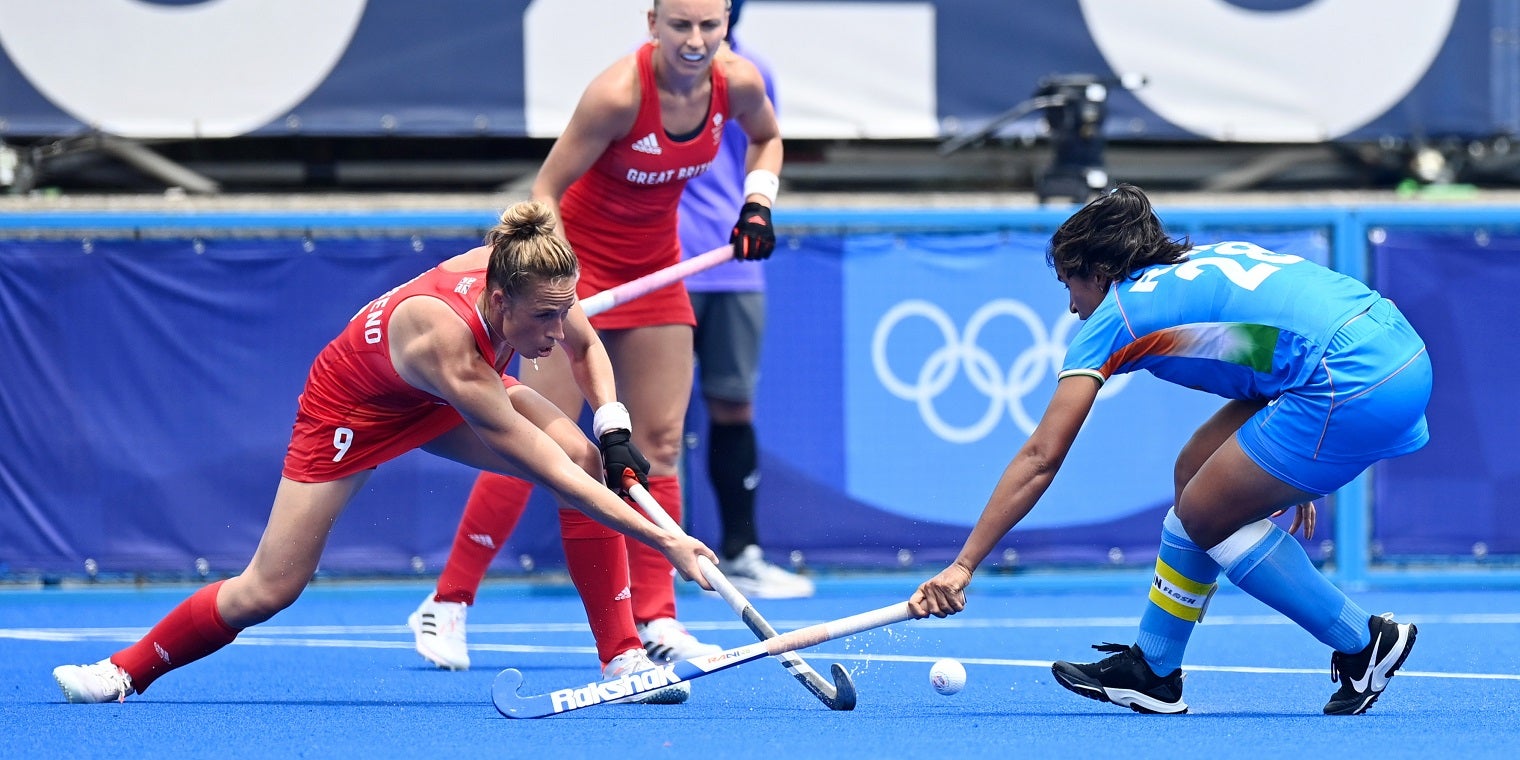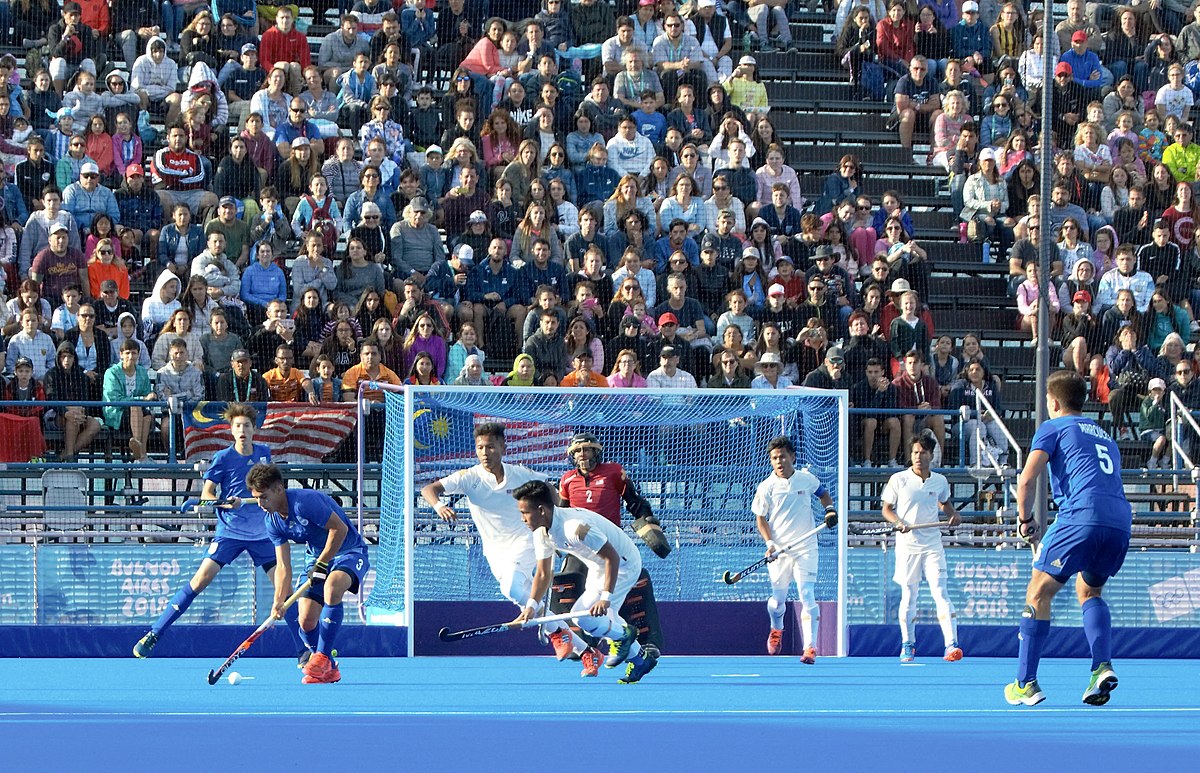In this comprehensive guide, we will break down the number of periods in hockey and explain how the game is structured. We’ll delve into the reasons behind the different formats. At various levels of play discuss how these affect the pace and strategy of the game. Whether you are a new fan trying to get a handle on the basics, or a seasoned veteran looking to deepen your knowledge, this guide will help you understand the ins and outs of hockey.
How Many Periods Are in a Hockey Game?
The number of periods in a hockey game is a fundamental aspect of the sport’s structure and has implications for the strategies teams employ and how players manage their energy throughout a match. In professional and international games, there are three periods, each lasting 20 minutes. This triadic structure allows for a well-defined beginning, middle, and end to the game. With opportunities for players to rest and coaches to adjust strategies during the intermissions.
However, in college and some amateur leagues, the period format can differ. There are only two periods, each lasting 25 minutes. This adaptation is often made to accommodate various factors such as ice availability, player endurance, and organizational preferences. The differing period lengths and structures across leagues can make transitioning from one level of play to another a unique challenge for players and coaches alike.
How Many Periods in College Hockey?
College hockey typically adheres to the standard set by professional and international hockey, with three periods lasting 20 minutes each. This consistency helps college players who aspire to reach the professional ranks adapt more easily to the game at higher levels. However, some exceptions exist within the college system. For instance, in some leagues, such as the NCAA, games are divided into only two periods of 25 minutes each. This not only affects the duration of the game but can also influence the tempo and physical demands placed on the athletes.
The NCAA’s unique structure is designed to accommodate the academic schedules of student-athletes while still providing a competitive and engaging hockey experience. It’s a balance that seeks to prioritize the well-being of the players without compromising the quality of the game.
How Many Periods in Amateur Hockey?
In general, there are three periods in a hockey game at the professional level. But as mentioned earlier, in college and some amateur leagues, this can vary. Amateur hockey leagues may adopt different period formats based on their specific needs and constraints. The length of each period may also vary depending on the level of play. Some youth leagues might even use shorter periods, such as 15 minutes each, to ensure the game is suitable for the stamina and attention spans of younger players.
This flexibility in amateur hockey allows for a tailored experience that can accommodate the varying skill levels, physical development, and competitive objectives of its participants. Whether it’s a league for beginners or seasoned amateurs, the period structure is carefully considered to provide the best possible hockey experience for all involved.
Understanding the Structure of a Hockey Game
Now that we know how many periods are in a hockey game, let’s take a closer look at the structure of a typical game. The periods form the backbone of the match, but other key components contribute to the flow and progression of the game.
Pre-Game
Before the game starts, there is a pre-game warm-up period. During this time, players will skate around the rink, take shots on the goal, and stretch to prepare for the game. This period usually lasts about 15 minutes and is a crucial time for athletes to mentally and physically ready themselves for the competition ahead.
The pre-game also includes strategic discussions and final preparations by the coaching staff. This may involve reviewing tactics, going over the game plan, and making any last-minute adjustments based on the opposition’s lineup. It’s a time of focus and anticipation, setting the stage for the action to come.
First Period
The first period is the start of the game, where the initial tone and pace are set. The teams will line up at their respective ends of the rink, and the referees will drop the puck in the center. Each team will try to score goals and defend their net. Establishing their presence and attempting to gain the upper hand early on. The first period is usually the most intense and fast-paced period of the game. As players are fresh and eager to make an impact.
During this initial frame, fans can expect to see the players executing their pre-game strategies and trying to exploit their opponent’s weaknesses. It’s also a period where individual talent can shine, as players look to assert themselves and contribute to their team’s success.
Intermission
After the first period, there is a short intermission. During this time, the teams will take a break and regroup in the locker room. Coaches will provide feedback on the period’s performance and make tactical adjustments. The ice will also be resurfaced to ensure a smooth playing surface for the next period.
Intermissions are not only a chance for physical recovery but also an opportunity for mental resets. Players can shake off any setbacks from the previous period and focus on the game plan moving forward. It’s a brief but critical pause in the action that can influence the remainder of the game.
Second Period
The second period follows the same structure as the first, with the teams switching sides at the end of the period. This period is just as important as the first, and teams will continue to battle for control of the game. It’s often in the second period where the effects of conditioning and depth begin to show. as fatigue can start to factor into the game’s dynamic.
Furthermore, the second period provides a chance for teams behind in the score to mount a comeback or for leading teams to solidify their advantage. Adjustments made during the first intermission can become evident. As teams look to exploit new opportunities or shore up their defenses.
Intermission
At the end of the second period, there is another intermission. The teams will once again take a break, and the ice will be resurfaced. This second pause in play offers another opportunity for the coaching staff to reassess and adjust their game plans based on the state of the game. Players can refuel, hydrate, and prepare for the final stretch of the match.
This intermission also allows for the game’s momentum to shift. Teams that ended the second period on a high note will look to maintain their energy. While those facing a deficit will use the break to regroup and find ways to turn the tide.
Third Period
The third and final period is where the game is often won or lost. Teams will give it their all to secure a victory, and the intensity will be at its peak. Players often dig deep into their reserves of stamina and determination. Knowing that the outcome of the game could hinge on any given play. If the game is tied after the third period, the stage is set for a dramatic conclusion in overtime or a shootout.
The third period is a test of not just physical endurance but also mental fortitude. Teams must stay disciplined and focused, as penalties and mistakes can prove costly. It’s a showcase of resilience and competitive spirit that often leads to some of the most memorable moments in hockey.
Overtime
In professional and international games, if the game is tied after three periods, there will be an overtime period. In most leagues, this period is 5 minutes long, and if the game is still tied after overtime, the game will go into a shootout. Overtime is played at a high intensity. The sudden-death format means that the first team to score wins the game. This leads to open, attacking play and often results in thrilling finishes.
In college and some amateur leagues, there is no overtime period, and the game will end in a tie if it is still tied after three periods. This rule reflects the emphasis on the educational and developmental aspects of the sport at these levels. Rather than the purely competitive focus seen in professional ranks.
Why are there Different Numbers of Periods in Different Levels of Play?
The number of periods in a hockey game is not standardized across all levels of play. This is because of differences in rules and regulations between leagues and organizations. Each league tailors its rules to best suit its players and the objectives of the game at that level. These variations reflect the diversity within the sport and the adaptability of hockey to different contexts and communities.
In professional and international games, the three-period structure has been in place since the early days of the sport. In the early 1900s, games were played with two 30-minute periods. This was later changed to three 20-minute periods to reduce player fatigue. This change was made to optimize the balance between the intensity of play and the safety and performance of the athletes.
In college and amateur leagues, the two-period structure is often used to shorten the length of games. This is because college and amateur players are not professional athletes and may not have the same level of endurance as professional players. Additionally, the logistics of scheduling games in academic settings or community facilities may necessitate a more compact game format.
Conclusion
Hockey is a thrilling and fast-paced sport that has a unique structure and rules. In this guide, we answered the question “How many periods are in a hockey game?” and explained the structure of a typical game. Understanding the number of periods and the flow of a hockey game. It will help fans appreciate the strategic elements and the physical and mental challenges players face on the ice. Whether you are a new fan or a seasoned veteran. This knowledge enriches the viewing experience and deepens your connection to the sport.
Read Also-:



